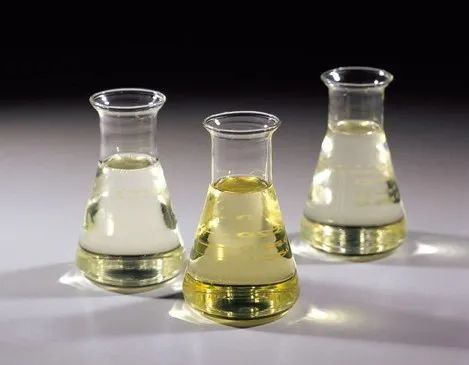1. High closed cell ratio
(1) Polyether polyol: high proportion of ethylene oxide, high activity, often occurs when replacing polyether polyols with different activities;
(2) Process formula: high dosage of stannous octoate, high isocyanate activity, large degree of cross-linking, fast cross-linking speed, too much amine and physical foaming agent;
As a result, the internal pressure of the foam is low. When the foam elasticity is high, cells cannot be opened. When the TDI index is too high, the closed cell rate will be high.

2. Shrinkage (gel speed is greater than foaming speed)
(1) The closed cell ratio is high and shrinks when cooling;
(2) Process conditions: low temperature, low material temperature;
(3) Process formula: excessive silicone oil, excessive physical foaming agent, and TDI index is too low.

3. Internal fissure
(1) Process conditions: low temperature, high reaction center temperature;
(2) Process formula: low TDI index, more tin, high early foaming strength;
(3) Silicone oil has high activity and low dosage.
4. Capping (unbalanced speed of air-generating gel)
(1) Process conditions: low temperature, low material temperature;
(2) Process formula: Insufficient amount of catalyst, small amount of amine, and poor quality of silicone oil.
5. Cracked bottom corners (too much amine is used and the foaming speed is too fast)
Large pores on the surface: the physical foaming dose is too large, and the quality of silicone oil and catalyst is poor.
6. Foam has poor low-temperature performance
Polyether polyols have poor intrinsic quality. With the same hydroxyl value, low functionality, high degree of unsaturation, and the same amount of tin, the TDI index is low.
7. Poor ventilation
(1)Climate conditions: low temperature
(2) Raw materials: high polyether polyol and high activity of silicone oil;
(3) Process formula: more tin, or less water and amine content when the amount of tin is the same, the TDI index is high.
8. Poor resilience
(1) Raw materials: polyether polyol has high activity, small relative molecular weight, and silicone oil has high activity;
(2) Process formula: large amount of silicone oil, large amount of tin, more water at the same amount of tin, high TDI index.
9. Poor tensile strength
(1) Raw materials: too many low molecular weight polyether polyols and low functionality with the same hydroxyl value;
(2) Process formula: The gel reaction is not good with less tin. When the same amount of tin is used, the TDI index is high and the cross-linking degree is low with less water.
10. Smoke when foaming
Excessive amine causes water to react with TDI to release a large amount of heat, and low-boiling point substances evaporate and smoke. If it is not anxious, most of the smoke is composed of TDI,
Low boiling point substances and monomer cycloalkanes in polyether polyols.

11. Foam with white tendons
The reaction speed of foaming and gelling is fast, and the transfer speed is slow in continuous foaming. Local extrusion will produce a dense layer, resulting in white veins. Should
In time, increase the transfer speed, or lower the material temperature and reduce the amount of catalyst.
12. Crispy foam
There is too much water in the formula, and most of the biuret produced is not dissolved in the silicone oil. The tin catalyst is poor, the cross-linking reaction is insufficient, and the polyurethane has a small relative molecular weight
The ether polyol content is too high, the reaction temperature is too high, and the ether bonds are broken, which reduces the foam strength.
13. Foam density is lower than the set value
The foaming index is too large due to inaccurate measurement, high temperature and low air pressure.
14. Foam has bottom skin, edge skin, and bottom cavitation
There is less tin polyamine, the foaming speed is slow, the gel speed is fast, and the temperature is too low during continuous foaming.
15. Large elongation
(1) Raw materials: polyether polyol has high activity and low functionality;
(2) Process formula: low TDI index, insufficient cross-linking, too much tin, and too much silicone oil;